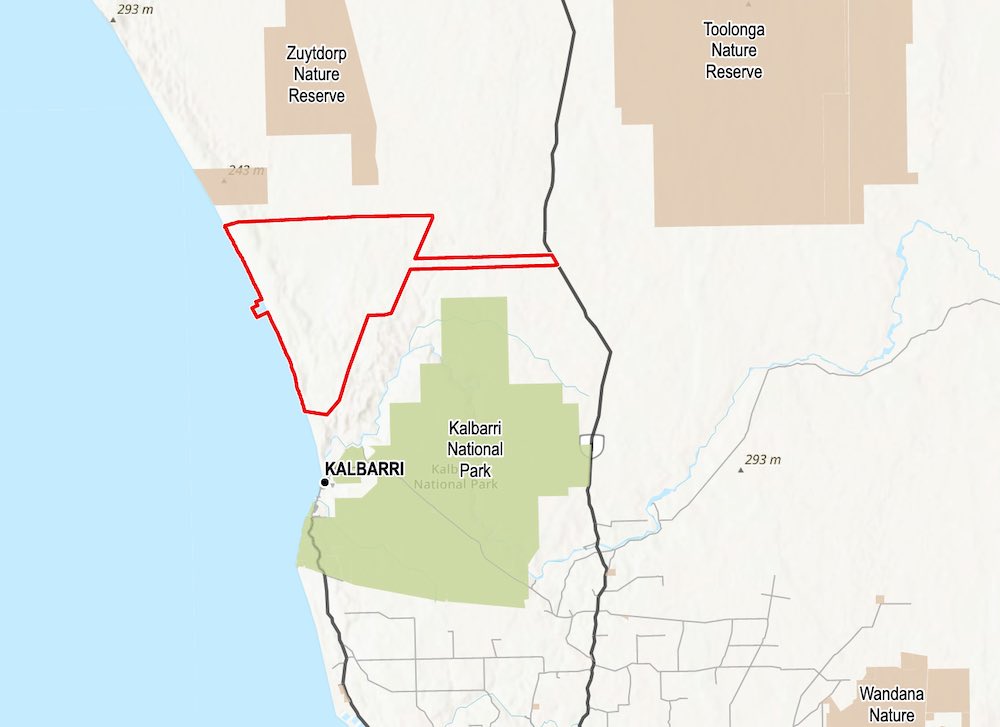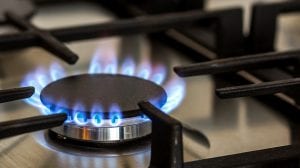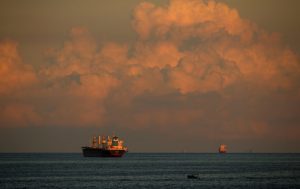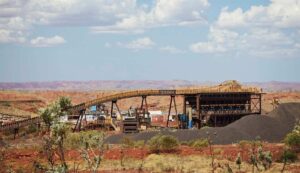Details have emerged of the Murchison Hydrogen Renewables project proposed for near Kalbarri in Western Australia, including more than 5 gigawatts of wind and solar, a big battery, a 3GW electrolyser and the production of roughly 2 million tonnes a year of green ammonia.
The huge project, initially proposed by Hydrogen Renewables Australia in 2019, is now being led by Copenhagen Infrastructure Partners, to produce renewable hydrogen and ammonia for domestic and export uses.
Until this week, few details of the project had been revealed, other than the proposed site, at the Murchison House Station on the WA mid-west coast – an area identified by engineering firm AECOM as a prime position for the co-location of wind and solar projects in Australia.
But a submission to the WA Environmental Protection Authority on Monday has detailed the scale and mix of technologies being proposed, and what it will take to get the ambitious project up and running.
For the renewable energy component, Murchison Hydrogen Renewables is proposing to install roughly 1.5GW of solar PV and around 700 onshore wind turbines with an installed capacity of around 3.7GW.
For the green hydrogen and ammonia components, the project plans to construct a Power-to-X (PtX) plant that will use solar and wind energy to create around 2 mega-tonnes per annum (2Mtpa) of green ammonia.
This is expected to require total electrolyser capacity of around 3GW, and up to around 6 giga-litres a year of “demineralised water,” which would be processed on site by a purpose-built water treatment and desalination plant, using pumped in sea water.
Murchison Hydrogen Renewables says the ammonia plant will use Haber-Bosch technology to combine hydrogen with nitrogen (sourced from atmospheric nitrogen) and include an air separation unit and a nitrogen storage area.
The PtX plant is also expected to have a 250MW-350MW battery with a two-hour duration, that will be used to regulate incoming renewable energy prior to distribution to the hydrogen electrolysers.
Hydrogen storage will also be used – “as an intermediary between electricity and ammonia” and to enable efficient operation of the electrolyser and ammonia production process – via up to 200 hydrogen storage vessels, each with a capacity of up to 680 tonnes.
For the export part of the equation, the documents say that a cryogenic ammonia export pipeline will connect the PtX plant and storage facility to a marine export facility, with specific construction methods yet to be finalised.
The referral to the EPA is currently open to public comment for the next week.
For Western Australia, the Murchison Hydrogen Renewables project joins the truly massive 26GW Asian Renewable Energy Hub, which is being developed in WA’s Pilbara region through a consortium of Vestas, CWP Energy Asia, InterContinental Energy and Pathway Investments.
The AREH has its own plans for green ammonia production and export, which allowed the developers to expand the proposed wind and solar capacity of the project from 15GW to 26GW.
Fortescue Future Industries, meanwhile, has just this week hinted at joining forces with other parties to create a single “green Pilbara” vision for giga-scale projects of wind, solar, battery storage and green hydrogen.
FFI, through its Pilbara Energy facility, in February this year submitted plans to the EPA for the 5.4GW Uaroo Renewable Energy Hub – a wind, solar and battery energy storage facility planned for roughly 120km south of Onslow.
Elsewhere in the state, Ross Garnaut’s Sunshot Energy aired a proposal to build a massive 800MWh battery as part of a green hydrogen and industrial hub in the town of Collie, in the heart of the state’s coal country.
Sunshot said it was assessing the economic case for establishing a hydrogen electrolyser, powered by renewable energy, which could also produce green ammonia and urea for agricultural and industrial uses.
On the smaller scale, Perth-based renewables company Infinite Blue Energy last month signed an agreement with Aboriginal-owned business Boya Energy to build and develop a planned 10MW green hydrogen plant in Northam, Western Australia.
The announcement follows Infinite Blue Energy’s acquisition of the 11MW Northam solar farm late last month – a project jointly owned by Indigenous Business Australia and Bookitja, a part of Noongar Property Holdings .











